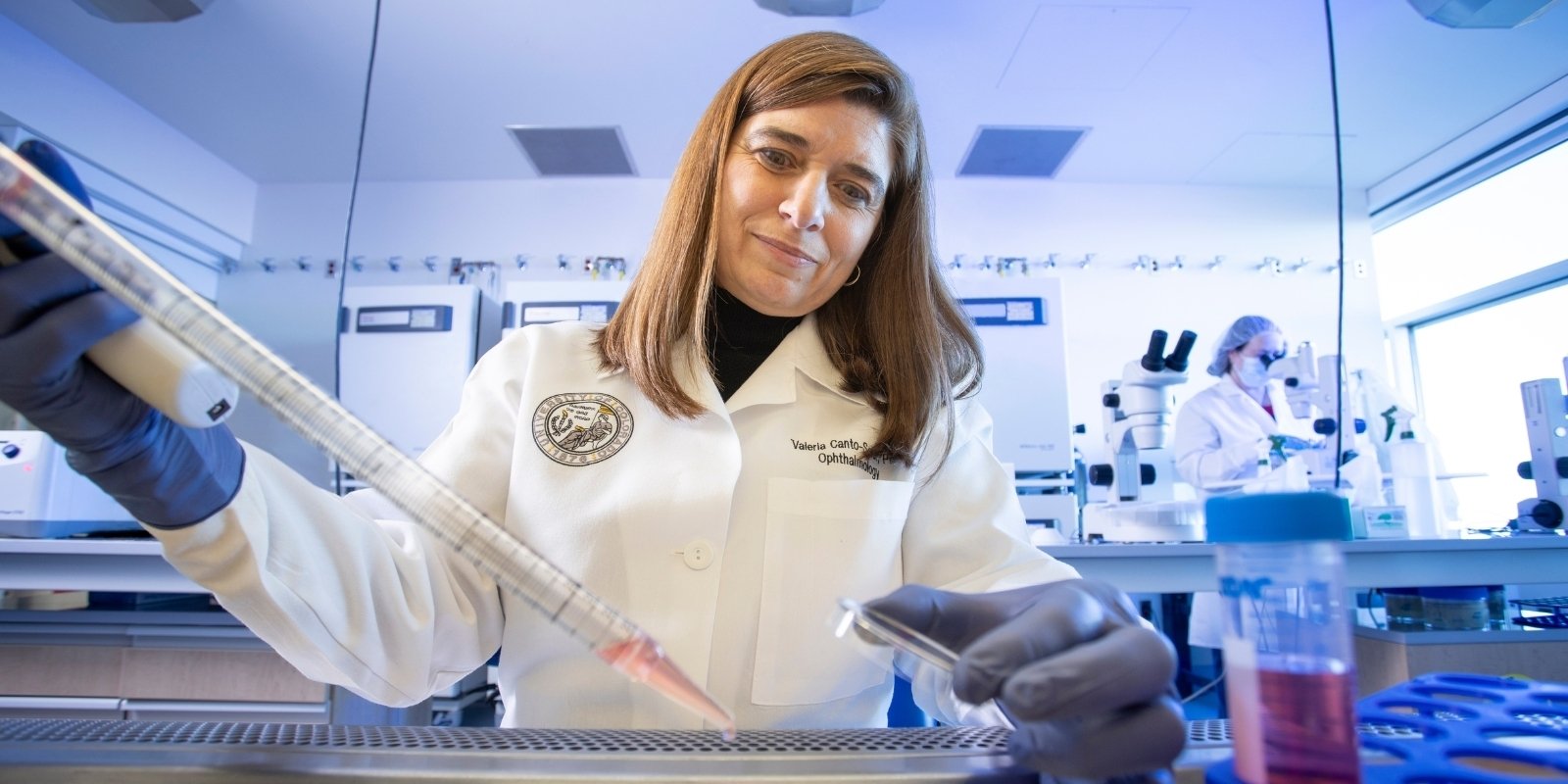It’s been 30 years since Americans began looking at hamburgers differently. In 1993, what started as an alert from a Seattle emergency department doctor of an unusual number of bloody diarrhea cases ended in the then-largest foodborne outbreak in the nation’s history.
Scores of children were sickened, their poison eventually traced to fast-food burgers at Jack in the Box restaurants. Ground beef tainted with the bacteria E. coli O157:H7 resulted in over 730 lab-confirmed cases, a majority of them kids under 10. Four children died, and more than 175 were left with permanent brain and kidney damage.
“That outbreak took a while to be detected,” said Elaine Scallan Walter, PhD, MA, a professor in the Department of Epidemiology at the Colorado School of Public Health (ColoradoSPH), and co-director of the Colorado Integrated Food Safety Center of Excellence (Colorado CoE), one of five centers established nationwide by the Centers for Disease Control and Prevention (CDC). “Many people were impacted before it was actually recognized,” she said of the tragedy highlighted in the recent Netflix documentary “Poisoned: The Dirty Truth About Your Food.”
But with advances in science today, a crisis of that magnitude would not go on so long without being identified, Scallan Walter said. “We have come so far in our ability to detect outbreaks, so fewer people become severely ill, fewer children die.”
Failure to recognize that progress left a gaping hole in the otherwise deeply reported look at the U.S. food industry for Scallan Walter and Rachel Jervis, MPH, who also co-directs the Colorado CoE, a unique collaboration between ColoradoSPH and the Colorado Department of Public Health and Environment (CDPHE) to provide regional resources and a capacity to track and investigate foodborne and enteric diseases.
‘Most terrifying film of the year’?
“Poisoned” shocked viewers with its gross factor and corporate corruption, from dropped chicken carcasses hurriedly picked up and returned to the production line to a rodent-infested peanut-butter plant ignored by executives. Called “the most terrifying film of the year” by one critic, the piece dug into the pitfalls of the U.S. food safety system, which account for some of the estimated 48 million U.S. foodborne illnesses each year.
Issues raised ranged from lack of accountability among some 15 regulatory agencies that have their hand in food safety in this country to the unsavory fact that major lettuce producers grow next to cattle-packed feedlots where infected manure seeps into the water supply.

“A lot of the points that it brought to the fore are true,” said Scallan Walter, who came to the University of Colorado Anschutz Medical Campus from the CDC, where she was team lead of the Foodborne Diseases Active Surveillance Network (FoodNet). “It showed just how complicated our food system is and the areas where growth is needed to improve our food safety.”
But while the growing number of U.S. outbreaks (mainly Salmonella and E. coli in chicken and produce) were emphasized, the fact that more outbreaks are being detected because of improved surveillance was not, said Jervis, an epidemiologist with the CDPHE.
Genotyping: a powerful weapon
“Even 20 years ago, we were more likely to identify local outbreaks associated with a wedding or a restaurant with basically a smaller group of public health officials investigating and trying to connect the dots,” Jervis said. Obviously, dots went unconnected and foodborne outbreaks undetected.
Anytime healthcare providers diagnose a case of E. coli or Salmonella, they must report it and send the stool sample to public health, where state lab testing has become more detailed today, Jervis said. “Our public health lab then does whole genome sequencing, so it looks at the genetic fingerprint of the bacteria, and that then gets uploaded into a national database. That’s how we’re identifying these disparate outbreaks across the country.”
Did You Know?
|
The U.S. food industry has become much larger and more complex serving as a major importer and exporter, Scallan Walter said. “The more steps you take, the more opportunities there are for something to go wrong.” But using an outbreak tied to Colorado cantaloupes as an example, surveillance advances have helped keep pace with the growing industry, Scallan Walter said.
The outbreak of listeria, a highly deadly pathogen, from Colorado cantaloupe shipped across the country in 2011, was detected and rapidly traced to the source, preventing a tragic 33 deaths from mushrooming much further, Scallan Walter said. “So we have this problem that we’ve created with more widely dispersed food, but we’ve also gotten much better at detecting those outbreaks.”
Lessons of a peanut butter scandal
The film spotlighted some of the most notorious foodborne illness cases, such as the Salmonella/peanut butter outbreak of 2008/09. Investigators found that executives of the responsible Peanut Corporation of America knew about the contamination and shipped tainted products across the country anyway.
The outbreak, which resulted in record-long prison sentences for the food industry executives, also offered lessons in public health advancements.
“The public was shocked that peanut butter could be contaminated,” Scallan Walter said. “And part of that is we just weren’t able to detect it before,” she said, noting that in processed products, contamination levels are often low, resulting in only a few sporadic cases across the country. “If you don’t have the methods to know that those people are linked, you’re never going to figure it out.”
As part of the peanut butter scandal, the public also learned about the interconnectedness of the food supply, which even astounded Jervis, who was newly into her public health career at the time. “I remember getting my receipt from King Soopers that said: There’s been a recall, and this is a list of all the products that you purchased that are part of the recall.”
“So we have this problem that we’ve created with more widely dispersed food, but we’ve also gotten much better at detecting those outbreaks.” – Elaine Scallan Walter, professor of epidemiology
After her “public health heart swelled with pride,” Jervis read her list. “My granola bars. My dog biscuits. There we five items,” even though she never bought jars of the brand of peanut butter affected, she said. “That was really eye-opening for me, seeing just how many products have ingredients that originate from a single source.”
Putting food safety ‘front and center’
The documentary uncovers unappetizing truths, raises food safety awareness for consumers, and reinforces the need for continued change, Scallan Walter and Jervis said. But as a comment in the documentary illustrates – that the most dangerous part of a hamburger today is the lettuce and tomato – progress is being made, even though new problems arise, Scallan Walter said.
After the Jack in the Box outbreak, the meat industry joined together and agreed that food safety would be a non-competitive issue, that whose meat was safer was off the table as far as a marketing strategy, and that they would openly share with each other how to make the meat as safe as possible, Scallan Walter said.
“And that sounds like what some of the produce folks are doing now around spinach and romaine: coming together to share expertise in order to make things better.”
Scallan Walter said she also doesn’t want viewers to come away from the film thinking that all people in the food industry are bad. “In my experience interacting with people, whether it’s with our regulatory partners or industry people, no one wants to see people get sick,” she said. “There are a lot of good people in the industry putting food safety front and center.”





